Bloomberg New Energy Finance’s outlook shows renewables will be cheaper almost everywhere in just a few years.
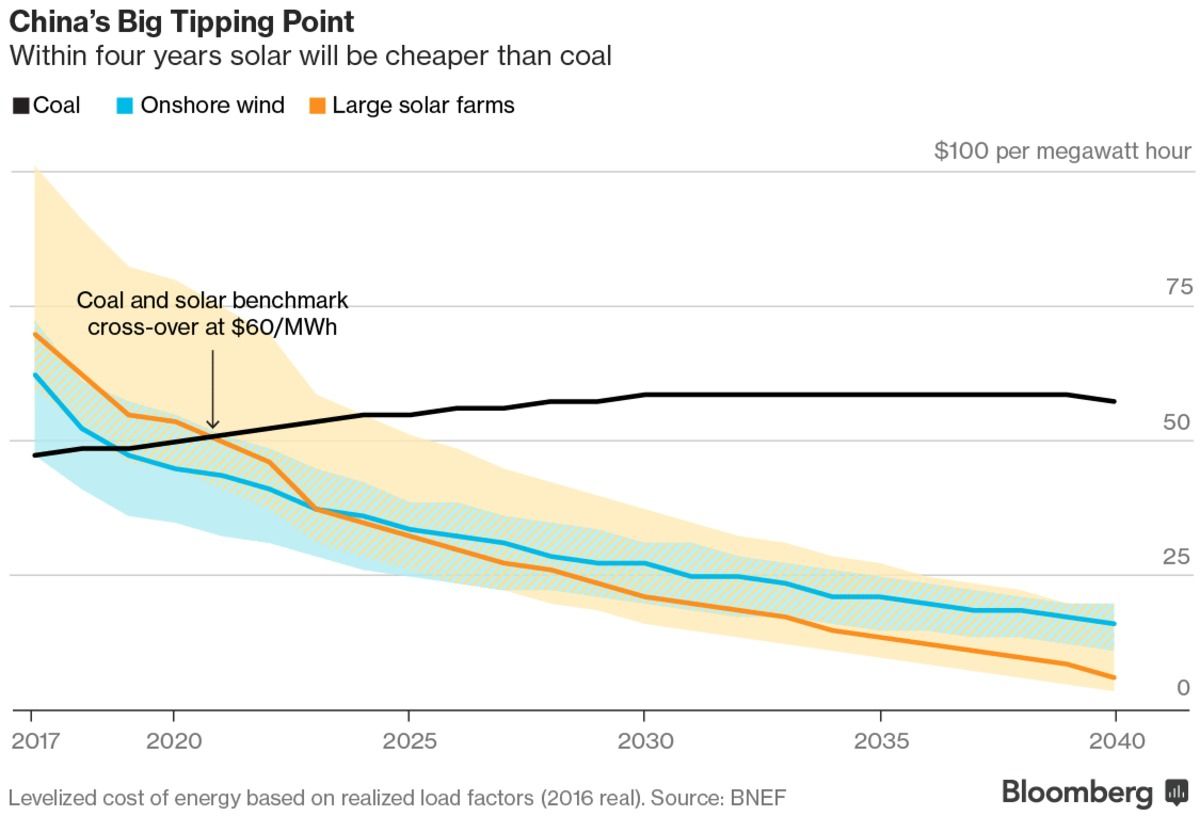

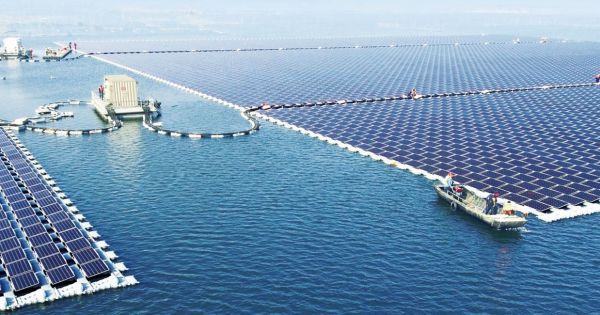
The largest floating solar power plant in the world is now online in China. Floating where coal used to be mined, the installation is helping China transition toward renewables and making the most of its surroundings.
The world’s largest floating solar power plant is now online in China. Built by Sungrow, a supplier of PV inverter systems, the 40MW plant is now afloat in water four to 10 meters deep, and successfully linked to Huainan, China’s grid. The placement was chosen in large part because the area was previously the location of coal mining operations; and, as a result, the water there is now mineralized and mostly useless. The lake itself was only formed after years of mining operations, the surrounding land collapsed and created a cavity that was filled with rainwater.
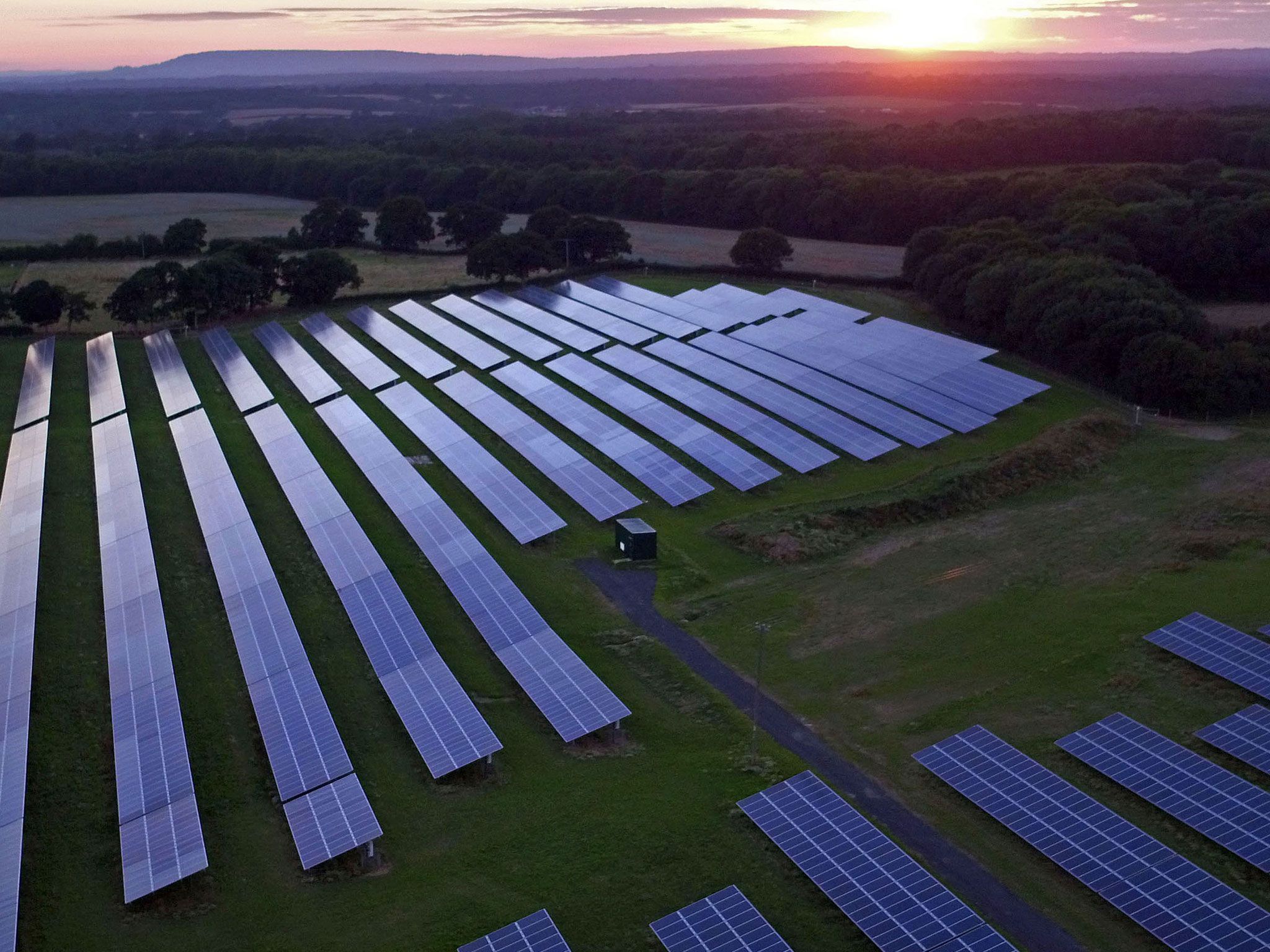
China electricity output from photovoltaic plants rose 80 per cent in the first quarter after the world’s biggest solar power market increased installed capacity.
Solar power generation rose to 21.4 billion kilowatt-hours in the three months ending 31 March from a year earlier, the National Energy Administration said on Thursday in a statement on its website. China added 7.21 gigawatts of solar power during the period, boosting its total installed capacity to almost 85 gigawatts, the NEA said.
The power-generation increase comes even as more solar plants stand idle because of congested transmission infrastructure. China idled about 2.3 billion kilowatt-hours of solar power in the first quarter, up from 1.9 billion kilowatt-hours a year earlier, according to the NEA data.
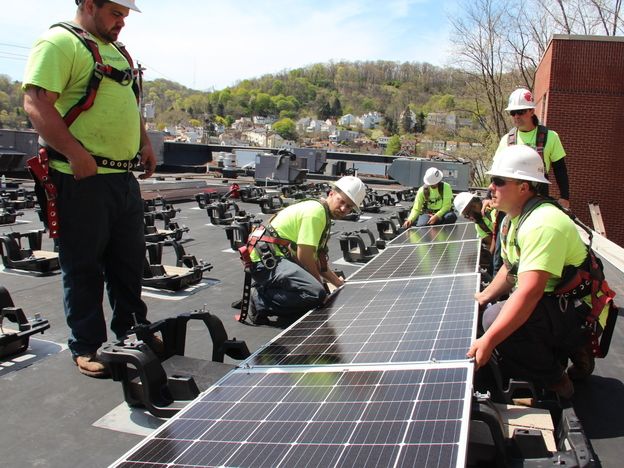
A work crew for the Pittsburgh company Energy Independent Solutions installs solar panels at a community building in Millvale, Pa.
Craig Williams is still mining coal despite tough times for the business. “We’re one of the last industries around and hope to keep it that way,” he says in a breakroom at Consol Energy’s Harvey mine, south of Pittsburgh.
The father of two — speaking in his dusty work jacket and a hard hat with headlamp — says coal is the best way he’s able to support his family. He declines to give his salary, but nationally, coal miners average about $80,000 a year.
Congressman Charlie Crist on Elon Musk’s space efforts in Florida: “What Mr. Musk has been able to do [with SpaceX and solar energy] is nothing short of extraordinary.”
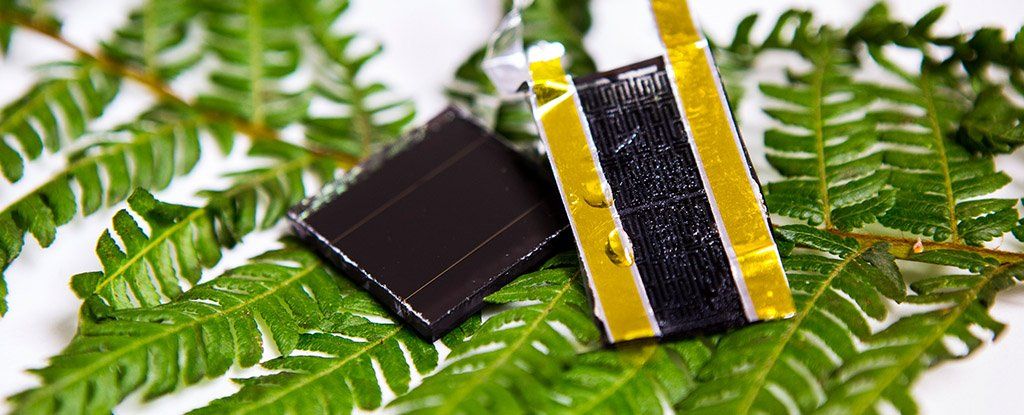
Drawing inspiration from the plant world, researchers have invented a new electrode that could boost our current solar energy storage by an astonishing 3,000 percent.
The technology is flexible and can be attached directly to solar cells — which means we could finally be one step closer to smartphones and laptops that draw their power from the Sun, and never run out.
A major problem with reliably using solar energy as a power source is finding an efficient way to store it for later use without leakage over time.
Unimaginable Radical Abundance:
Yesterday I took the time to read chapter 11 of Eric Drexler’s book Radical Abundance as to get a glimpse of what might be possible with Atomically Precise Manufacturing (APM). I highly recommend the book.
The potential of APM is truly unimaginable.
Try to imagine billion core processors, memory storage in the billions of gigabytes per cm2. Solar panels far exceeding todays best laboratory efficiencies. Batteries that are a billion times more energy dense. All this with a negligible impact on the environment.
APM can produce these products and many more at costs of roughly 20¢ per kilogram!
Just let that sink in. Just to illustrate this $1 would buy you more memory storage than is currently available throughout the entire world (roughly 10 Zettabytes).
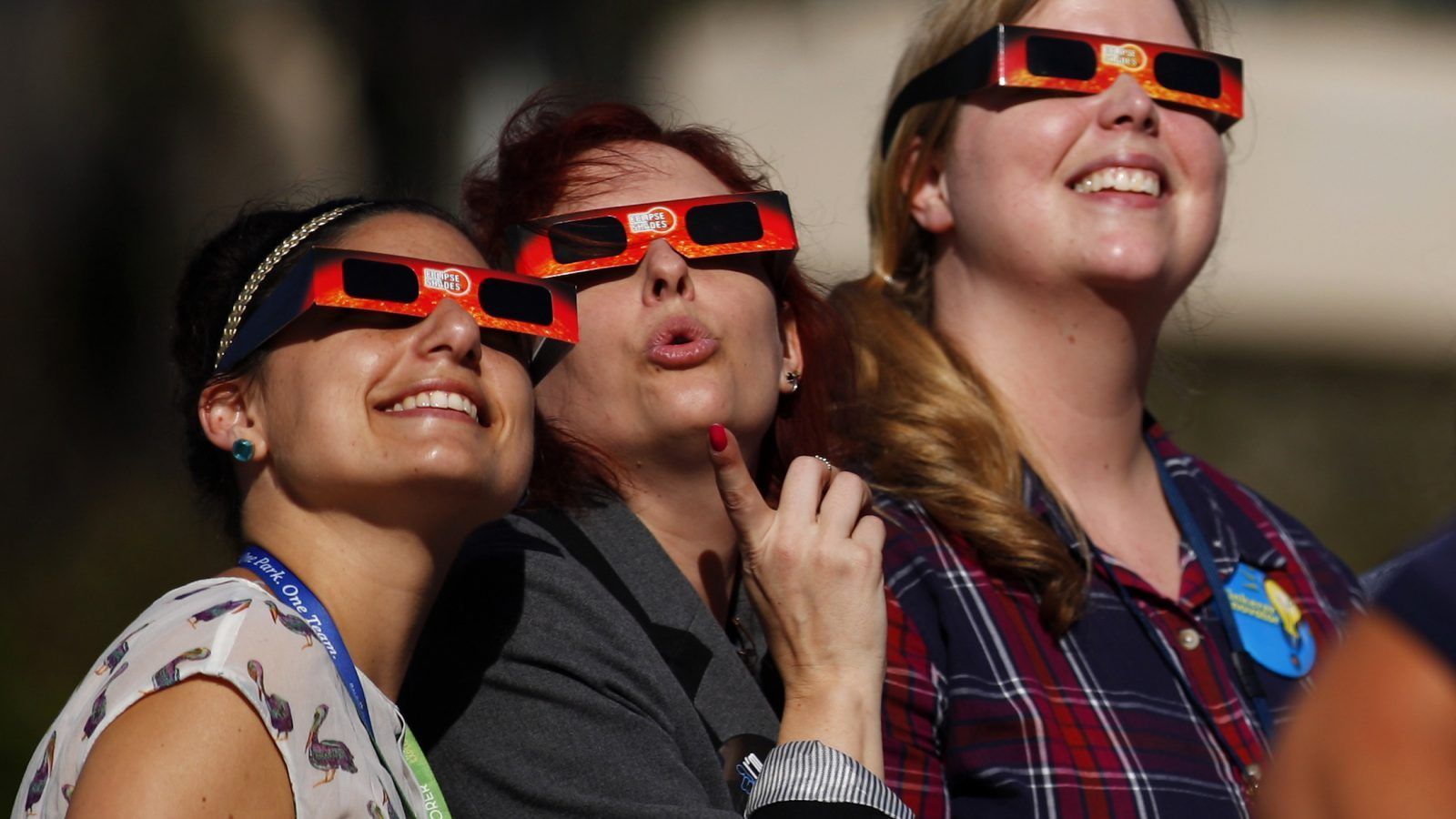
The spikes also have a big effect on wholesale energy prices, which dipped to zero or even to negative territory this spring during certain hours in California, the EIA said.
The extraordinary success of solar power in some pockets of the world that combine sunshine with high investment in the technology mean that governments and energy companies are having radically to rethink the way they manage—and charge for—electricity.
California is one such a place.
On March 11, it passed a milestone on the route to powering the whole state sustainably. For the first time, more than half the power needs of the entire state came from solar power for a few hours that day, according to the US Energy Information Administration (EIA).

The year is 2030. Former president Donald Trump’s border wall, once considered a political inevitability, was never built. Instead, its billions of dollars of funding were poured into something the world had never seen: a strip of shared territory spanning the border between the United States and Mexico. Otra Nation, as the state is called, is a high-tech ecotopia, powered by vast solar farms and connected with a hyperloop transportation system. Biometric checks identify citizens and visitors, and relaxed trade rules have turned Otra Nation into a booming economic hub. Environmental conservation policies have maximized potable water and ameliorated a new Dust Bowl to the north. This is the future envisioned by the Made Collective, a group of architects, urban planners, and others who are proposing what they call a “shared co-nation” as a new kind of state.
Many people have imagined their own alternatives to Trump’s planned border wall, from the plausible — like a bi-national irrigation initiative — to the absurd — like an “inflatoborder” made of plastic bubbles. Made’s members insist that they’re serious about Otra Nation, though, and that they’ve got the skills to make it work. That’s almost certainly not true — but it’s also beside the point. At a time when policy proposals should be taken “seriously but not literally,” and facts are up for grabs, Otra Nation turns the slippery Trump playbook around to offer a counter-fantasy. In the words of collective member Marina Muñoz, “We can really make the complete American continent great again.”
